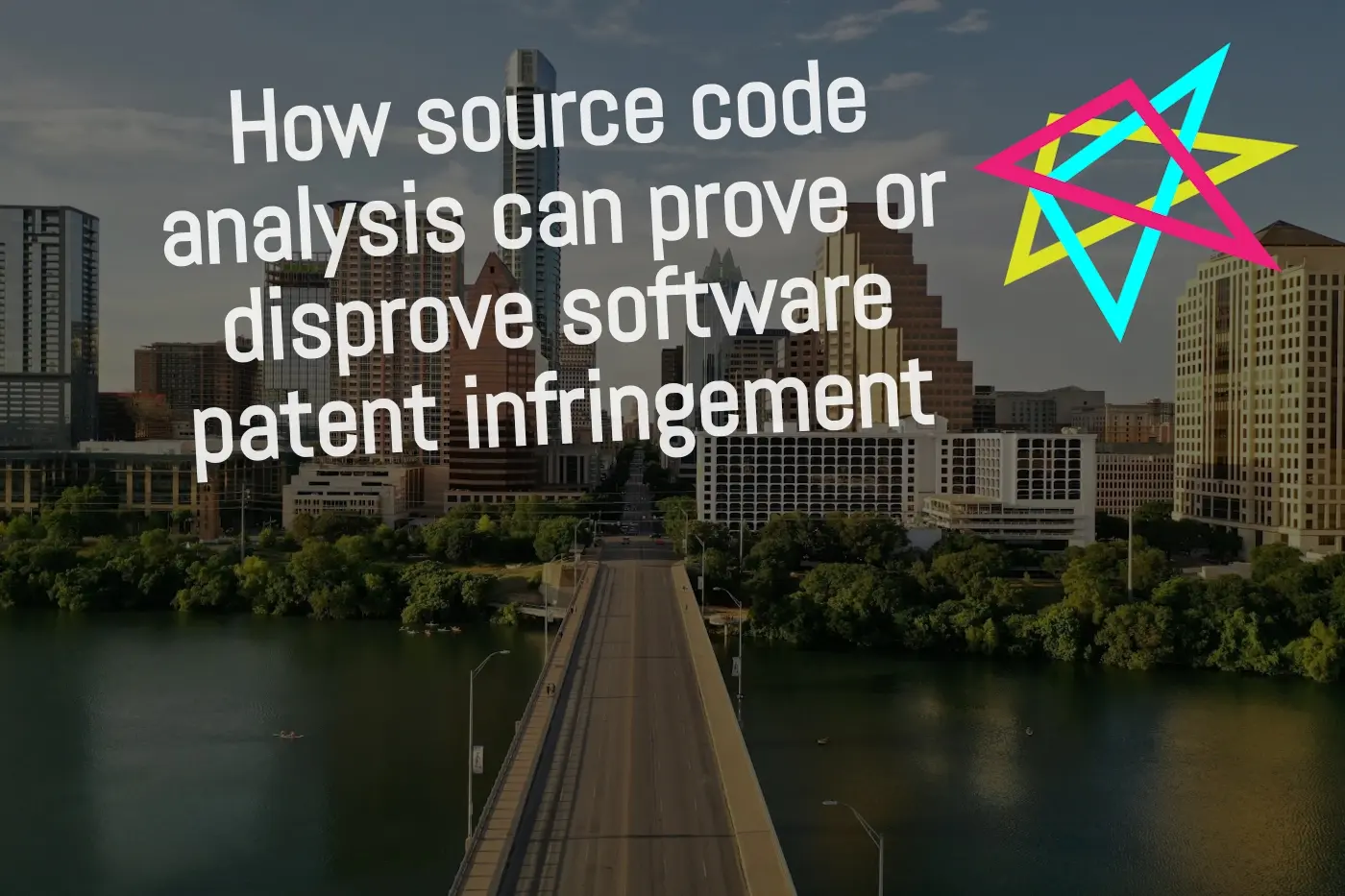
Technology and law: key trends in software litigation for 2025
The rapid pace of technological innovation continues to transform industries, but it also creates new challenges in the legal landscape. We delve into the key trends shaping software litigation in the coming year.

The rapid pace of technological innovation continues to transform industries, but it also creates new challenges in the legal landscape. In 2025, software litigation continues to evolve around many complex issues, ranging from disputes over artificial intelligence (AI) to cybersecurity breaches and compliance with morphing industry standards. Below, we delve into the key trends shaping software litigation in the coming year.
AI and Intellectual Property: A Software Litigation Legal Minefield
Artificial intelligence is no longer a futuristic concept but an integral part of software development and implementation. However, its ubiquity has brought significant legal challenges, particularly in intellectual property (IP).
- Ownership of AI-Generated Works One of the most pressing issues is determining ownership of works created by AI systems. Who holds the copyright—the developer of the AI, the user, or no one? Courts worldwide are beginning to grapple with these questions, and conflicting rulings highlight the lack of a unified legal framework. Companies must proactively define ownership clauses in contracts to mitigate potential disputes.
- Proprietary Algorithms Disputes over proprietary algorithms are rising as businesses increasingly rely on AI-driven solutions. The secrecy surrounding algorithms often complicates litigation, requiring courts to balance trade secret protections with the need for transparency in legal proceedings.
- Challenges in Patenting AI Processes The patentability of AI processes presents another area of contention. Legal systems are tasked with deciding whether AI processes meet patents' novelty and non-obviousness requirements. As patent applications for AI soar, litigation over patent infringement is expected to grow, particularly in industries like healthcare, finance, and autonomous vehicles.
Cybersecurity Breaches: A Growing Area of Liability
As cybersecurity threats escalate, the legal implications of software vulnerabilities are more pronounced. Organizations can no longer ignore the risks, as plaintiffs increasingly file negligence claims after breaches.
- Negligence Claims and Software Vulnerabilities When cybersecurity failures expose sensitive data, Businesses face lawsuits from customers, partners, and employees. Courts scrutinize whether companies took reasonable steps to secure their software, making compliance with cybersecurity best practices more critical than ever.
- Impact of Regulatory Standards Regulations like the GDPR (General Data Protection Regulation) and CCPA (California Consumer Privacy Act) set stringent requirements for data security. Non-compliance can lead to hefty fines and civil litigation. In 2025, we expect new regulations addressing cybersecurity in emerging sectors such as IoT (Internet of Things) and quantum computing, further expanding the scope of litigation.
- The Role of Incident Response Plans Legal liability often hinges on how a company responds to a breach. Failure to enact timely and effective incident response measures can exacerbate damages and lead to harsher penalties. Legal teams are increasingly involved in drafting and implementing these plans to ensure they align with evolving legal expectations.
The Role of Industry Standards in Software Litigation
Industry standards serve as both a shield and a sword in software litigation. Compliance with established standards can defend against negligence claims, while deviations can increase liability.
- Influence on Liability Courts often uses industry standards as a benchmark to assess whether a company acted reasonably. Adherence to ISO/IEC 27001 for information security can demonstrate due diligence, potentially mitigating liability in cybersecurity cases.
- Emerging Standards in Tech Fields Emerging technologies like blockchain, AI, and 5G are driving the development of new standards. Companies that adopt these standards early may gain a competitive legal advantage, while those that lag risk exposure to litigation.
- Standards as a Basis for Compliance Regulatory bodies increasingly incorporate industry standards into legal requirements. For instance, NIST (National Institute of Standards and Technology) guidelines for cybersecurity are often referenced in legal disputes. Companies must stay informed of updates to ensure compliance and minimize legal risks.
Preparing for the Future
The intersection of technology and law is a dynamic and evolving field. To navigate the challenges of 2025, companies should consider the following strategies:
- Proactive Legal Planning: Engage legal counsel early in developing new technologies to identify potential risks and establish clear contractual terms. This proactive approach will help you stay ahead of potential legal issues and maintain control over your business operations. Regular review and update of IP, cybersecurity, and compliance policies are also crucial to ensure you are always prepared for any legal challenges.
- Invest in Compliance: Align your operations with current regulatory and industry standards. Consider obtaining certifications that demonstrate your commitment to best practices. This investment in compliance not only ensures you are meeting legal requirements but also provides a sense of security and protection against potential litigation.
- Litigation Readiness: To prepare for potential disputes and maintain detailed records of development processes, compliance efforts, and incident responses. These documents can be invaluable in defending against litigation. Being litigation-ready instills confidence in your ability to handle legal challenges and can significantly strengthen your legal position.
Choose Eureka Software When You Need Litigation Support
From AI-driven IP disputes to cybersecurity breaches and the evolution of industry standards, 2025 will see significant developments in software litigation.
Partnering with a trusted expert like Eureka can make all the difference for businesses dealing with these challenges. Eureka Software’s team provides litigation support, expert analysis, and industry insights that clarify complex technical issues and strengthen legal strategies. By leveraging their expertise, companies can stay ahead of the curve, protect their intellectual assets, and build a solid foundation for compliance and innovation.










